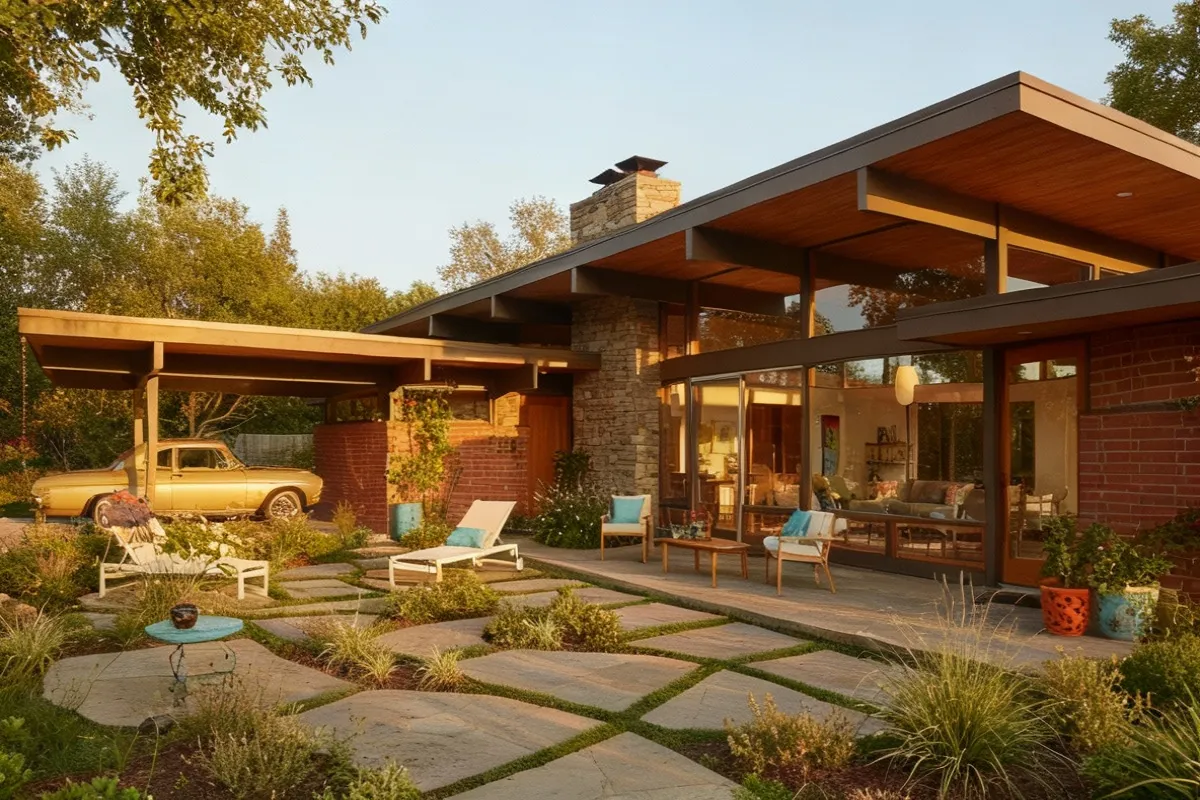When it comes to architectural and design styles, the mid century modern style furniture that emerged after World War II continues to attract many design enthusiasts, and you’re here to answer one big question: what is mid century modern?
Therefore, as a U.S.-based interiors editor and buyer who helps homeowners and boutique hospitality teams translate design theory into practical, beautiful rooms, I’ll give you the clearest U.S.-focused explanation you’ll find.
This guide answers what is mid century modern in plain English—covering the core years, hallmark traits, and real-world materials. You’ll get a fast authenticity checklist, color cues that read mid-century at a glance, and safety-first tips, so you can shop, style, or publish with confidence.
Table of Contents
Mid Century Modern Definition & Years
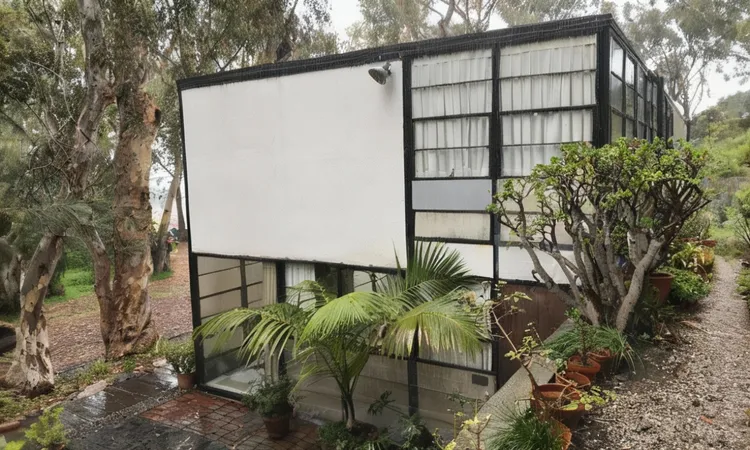
Mid-century modern it’s a mid-20th-century design movement that spans architecture, interiors, and graphics, defined by clean lines, functional forms, and honest materials such as teak, walnut, molded plywood, steel, concrete, and large panes of insulated glass.
Floor plans favor openness and a strong indoor–outdoor connection; ornament is pared back so form, proportion, and texture do the talking.
In practice, you’ll see low silhouettes, tapered legs, and simple geometric shapes—traits that make mid-century modern design easy to recognize in both homes and modern furniture collection.
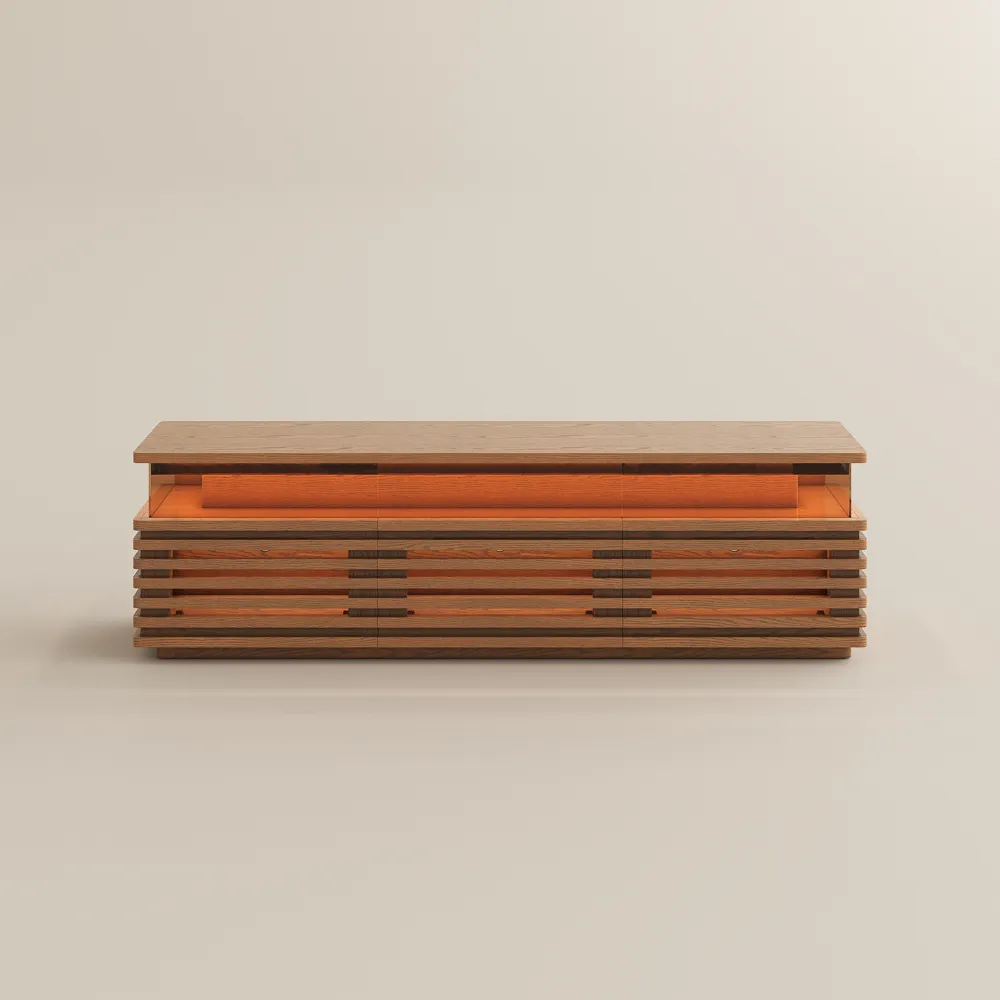
Specifications:
- Dimensions: 70.87″ x 17.72″ x 20.47″
- Weight: 200 lbs
- Material: Engineered Wood
- Number of Cabinets: 3
If you’ve Googled “what is mid century modern”, you’ve probably seen two overlapping timelines:
- 1933–1965 — a scholarly span often cited by Britannica.
- 1945–1970 — a widely used range in museum/academic contexts and Wikipedia, noting the term appeared in the mid-1950s and was later popularized by Cara Greenberg’s 1984 book.
You’ll see two timelines because historians choose different starting points: one includes pre-war roots and early U.S. adoption (1933–1965), while the other focuses on the post-WWII housing boom and new materials (1945–1970).
For a quick mental model, consider mid-century modern as the style of the 1940s–1960s in the U.S., focusing on its hallmarks: clean lines, warm woods, and indoor–outdoor living.
What is Mid Century Modern: Core Traits & Materials
Beginners often struggle with ‘What does mid century modern mean’ because online photos blur modern, mid-century modern, and contemporary into one look.
The following will explain how mid-century modern style is interpreted in practice based on its core characteristics and materials, to help you quickly recognize its look.
Visual Checklist
➊ Lines & profiles: low, horizontal silhouettes; tapered legs; simple planes; minimal ornament.
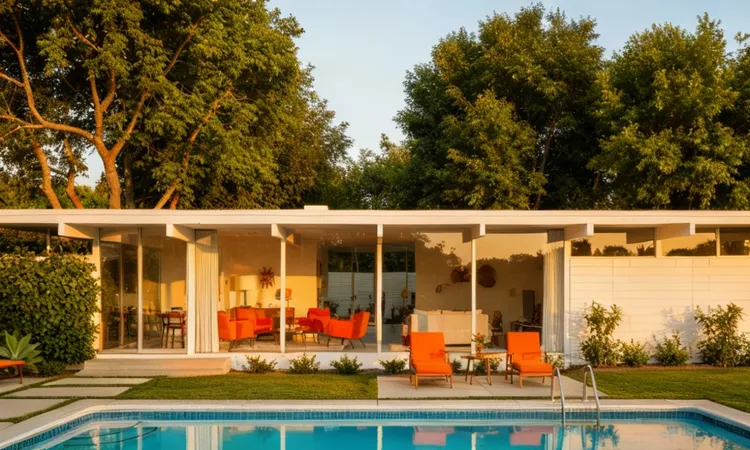
➋ Structure: post-and-beam, large panes of insulated glass, open plans, and blurred indoor-outdoor boundaries.
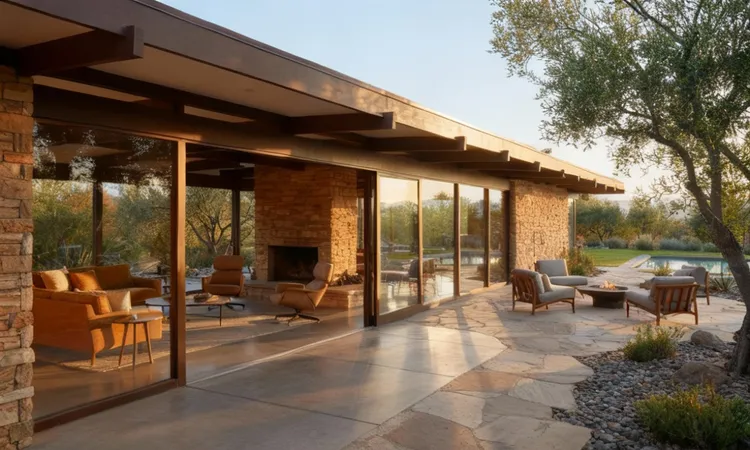
➌ Materials: teak, walnut, oak, molded plywood, fiberglass, steel; honest finishes that reveal grain.
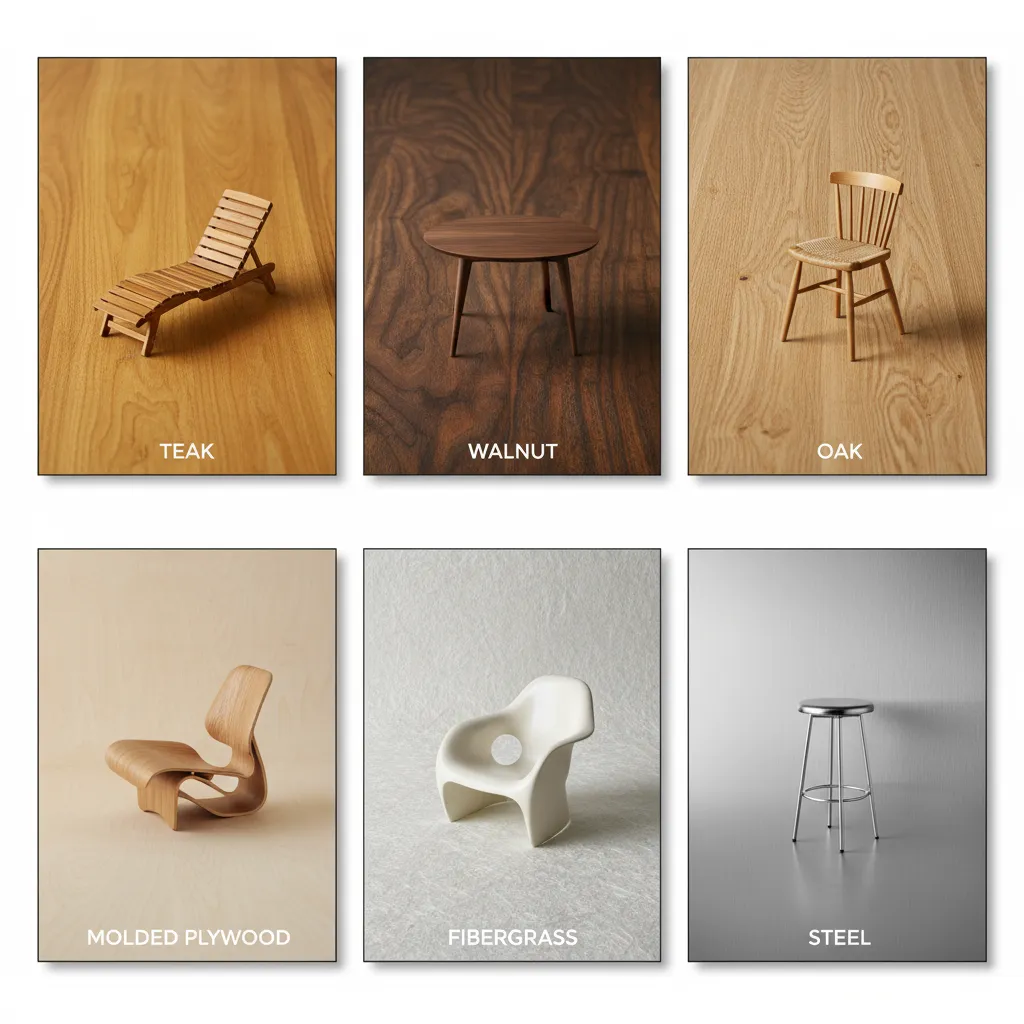
Practical Color Palette & Finish Tips
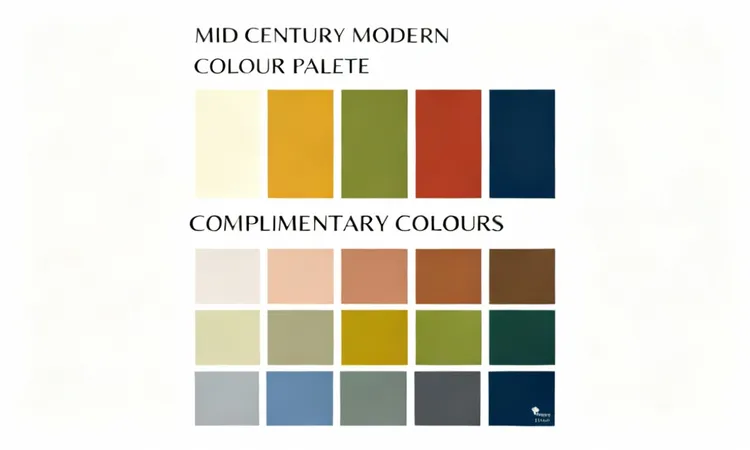
- Start with a neutral envelope (white, warm gray, wood) and layer one or two bold accents (e.g., blue & orange, blue & green).
- For small spaces, keep contrast high (e.g., black-and-white) then add pattern via geometrics.
- If you refinish vintage pieces, prefer low-VOC products and ventilate well—EPA notes indoor VOC levels can be 2–5× higher than outdoors and spike during paint/strip activities.
Modern vs. Mid Century vs. Contemporary
Modern is stricter and industrial, mid-century modern is warm and domestic, and contemporary is a flexible, tech-forward mix. This section clarifies modern vs mid century modern (and contemporary) at a glance.
| Feature | Modern | Mid-Century Modern | Contemporary |
|---|---|---|---|
| Years | c. 1930s–1960s | c. 1933–65 / 1945–70 | Current |
| Materials | Glass, steel, concrete | Adds insulated glass, molded plywood, fiberglass, mass-produced woods | Any; tech-driven, sustainability-focused |
| Massing | Minimal ornament, “form follows function” | Warmer domestic scale; indoor-outdoor | Varies; blends eras & tech |
| Color | Often restrained | Neutrals + bold accents | Any palette |
Materials
- Modern — Structural honesty first: glass, steel, reinforced concrete, thin slabs, ribbon windows, terrazzo/stone; wood appears but is not the star. Hardware and finishes are minimal and utilitarian.
- Mid-Century Modern — Warmer, human-scaled palette: teak, walnut, oak, molded plywood, fiberglass, brass details, and clear or smoked glass. You’ll see visible grain, oil/wax finishes, and veneers used skillfully over stable core.
- Contemporary — Performance and sustainability lead: engineered woods, quartz/solid surfaces, high-performance glazing, aluminum, powder-coated steel, composites, and recycled materials; smart systems and low-VOC finishes are common.
Massing (forms & proportion)
- Modern — Rectilinear boxes, planar facades, long spans, pilotis/cantilevers, and curtain walls; composition reads crisp and industrial, often monumental or civic in feel.
- Mid-Century Modern — Low, horizontal volumes; post-and-beam frames; carports and breezeways; big panes that blur indoor–outdoor living. Furniture echoes the building—tapered legs, light off-the-floor pieces, human-scale proportions.
- Contemporary — broken volumes, mixed rooflines, deep overhangs for energy control, asymmetry, and parametric curves where budget allows; interiors are open but zoned with cabinetry, lighting, and texture.
Color
- Modern — Restrained neutrals (white/gray/black) with occasional primary accents; the structure and light do most of the talking, so palettes feel cool and austere.
- Mid-Century Modern — Warm neutrals + bold accents: wood tones with mustard, olive, teal, burnt orange, smoky blues; patterns are geometric and used sparingly so forms stay calm.
- Contemporary — Trend-aware neutrals (greige, off-white, charcoal) with sharp contrasts (black window frames, dark kitchens) or soft pastels; accents and textures shift with current design cycles, not a fixed historical palette.
How to Spot the Real Thing
If you’re shopping secondhand or online and still Googling “what is mid century modern furniture,” use this practical 7-step checklist to spot authentic pieces.
Step 1: Flip and read
Look for labels, stamps, or designer/furniture brand marks (e.g., Herman Miller, Knoll, Jens Risom). Cross-check in catalog scans or museum records.
Step 2: Check construction
Real MCM often shows solid joinery or high-quality veneers over stable cores. Compare grain continuity at edges; use raking light.
Step 3: Test materials
Teak/walnut hardness, weight and odor differ; the USDA Wood Handbook tables help confirm species characteristics.
Step 4: Hardware tells stories
Drawer slides, screws, and glides should match period materials/finishes; heavy later-era euro hardware can be a red flag on “1950s” pieces.
Step 5: Compare proportions
Mid-century seating tends to have shallower angles and distinct leg tapers; verify against known dimensions when possible.
Step 6: Smell & finish
Aggressive solvent odor suggests fresh refinish; choose low-VOC topcoats and ventilate areas during any DIY repair. EPA documents elevated indoor VOCs during stripping and painting.
Step 7: Stability & safety
For casegoods, follow the CPSC’s STURDY-based stability rules for new units (16 CFR Part 1261) and retrofit anchors on vintage pieces to prevent tip-overs.
American Landmarks
Want the fastest way to “get” mid century modern in the U.S? Here are our picks to explore other hotspots that allow you to explore over the weekend—keep reading.
Palm Springs
🚏 Palm Springs Visitor Center (Albert Frey landmark)
| Address | 2901 N Palm Canyon Dr, Palm Springs, CA 92262 |
| Hours | Daily, 10:00 AM–5:00 PM |
| Phone | 347-7746 · (760) 778-8418 |
🚏 Palm Springs Art Museum — Architecture & Design Center
| Address | 300 S Palm Canyon Dr, Palm Springs, CA 92262 |
| Hours | Thu 12:00–8:00 PM; Fri–Sat–Sun 10:00 AM–5:00 PM; Mon–Wed closed |
| Admission | $5 (under 18 & active-duty military families free); FREE Thu 5–8 PM |
| Phone | (760) 423-5260 |
Mission 66
🚏 Beaver Meadows Visitor Center (Rocky Mountain National Park)
| Address | 1000 US Hwy 36, Estes Park, CO 80517 |
| Hours | Typical summer hours 9:00 AM–6:00 PM (check current schedule) |
| Park Entry Fees | $35 / vehicle (7-day pass); other pass options available |
| Phone | (970) 586-1206 |
FAQ
What defines mid-century modern?
Mid century modern is a design style defined by clean lines, organic shapes, minimal ornament, and function-first design, featuring natural materials and a strong indoor–outdoor connection.
How do you know if something is mid-century modern?
To spot mid century modern, look for clean, simple lines and functional, geometric forms, plus a thoughtful mix of natural and manufactured materials. The palette typically pairs warm wood and earthy neutrals with bold, graphic accents
What is the difference between mid-century modern and contemporary?
Mid century modern evokes a mid-20th-century vibe—warm woods, organic shapes, and bold accent colors. Contemporary design reflects the present: clean lines, innovative materials, and a mostly neutral palette with occasional bold hits.
What color is most mid-century modern furniture?
Mid century modern furniture favors a warm, earthy color palette—wood browns, soft grays, and beiges—punctuated by bold accents like mustard yellow, avocado green, teal, and navy.
What to Read Next:
